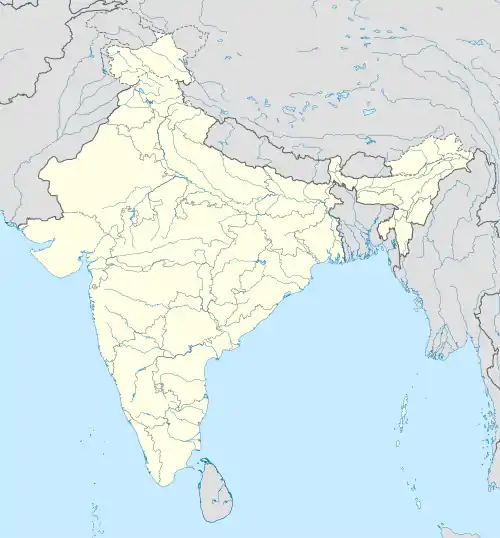𑀲𑀢
Ashokan Prakrit
Etymology
From Sanskrit शत (śatá, “hundred”), from Proto-Indo-Aryan *śatám, from Proto-Indo-Iranian *ćatám, from Proto-Indo-European *ḱm̥tóm. Cognate with Pali sata.
Alternative forms
Attested at Delhi-Topra, Dhauli, Girnar, Jaugada, Kalsi, Rupnath and Sahasram.
| Dialectal forms of 𑀲𑀢 (“hundred”) | ||
|---|---|---|
| Variety | Location | Forms |
| Central | Kalsi | 𑀱𑀢 (ṣata), 𑀲𑀢 (sata) |
| Delhi-Topra | 𑀲𑀢 (sata) | |
| Rupnath | 𑀲𑀢 (sata) | |
| Sahasram | 𑀲𑀢 (sata) | |
| East | Dhauli | 𑀲𑀢 (sata) |
| Jaugada | 𑀲𑀢 (sata) | |
| Northwest | Shahbazgarhi | 𐨭𐨟 (śata) |
| Mansehra | 𐨭𐨟 (śata) | |
| West | Girnar | 𑀲𑀢 (sata) |
| Map of dialectal forms of 𑀲𑀢 (“hundred”) | ||
|---|---|---|
 | ||
Descendants
References
- Sen, Sukumar (1960) A Comparative Grammar of Middle Indo-Aryan, Linguistic Society of India, page 137.
- Turner, Ralph Lilley (1969–1985), “sahásra”, in A Comparative Dictionary of the Indo-Aryan Languages, London: Oxford University Press
This article is issued from Wiktionary. The text is licensed under Creative Commons - Attribution - Sharealike. Additional terms may apply for the media files.